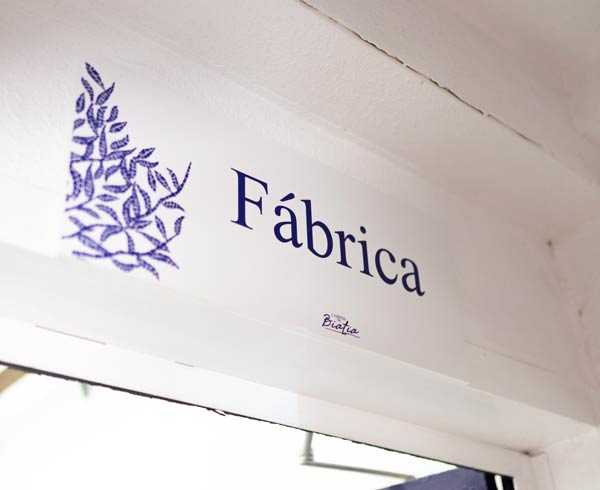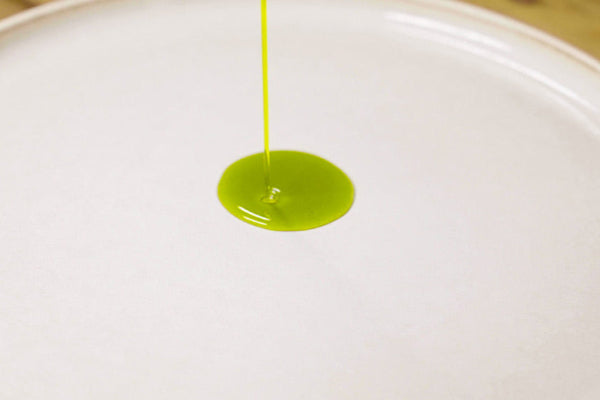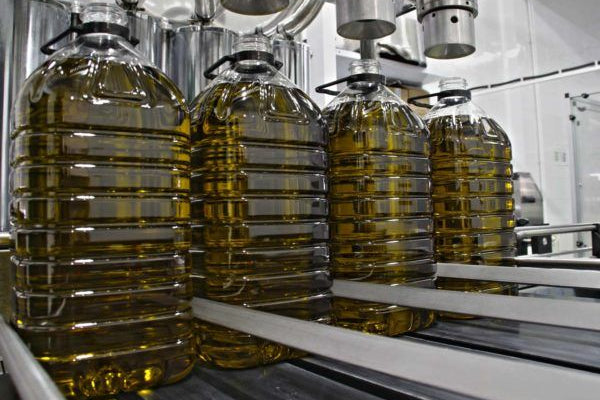
How is olive oil made?
Recognized both for its flavor and aroma, as well as for its nutritional benefits, olive oil is much more than just a simple ingredient; it is a golden liquid that permeates our cuisine and is considered the star product of the Mediterranean diet.
It is the result of a process that transforms the olive fruit into a liquid full of flavor and beneficial properties, but, how is olive oil made?
You have probably asked yourself this question at some point, and for that reason, at Olivarte we are going to tell you the olive oil production process step by step, analyzing each of its phases so you can understand how a simple olive becomes oil.
The stages of the olive oil production process
-
Olive harvesting
The first step in the production of olive oil is the harvesting of the olives, an essential stage, much more important than it seems, which directly influences the quality of the final product.
At Olivarte we already told you when the olive is harvested, which depends on the type of oil you want to obtain and the variety of the olive tree, although it is always recommended to do it during autumn.
During harvesting, manual or mechanical methods are used, and it is essential to transport the olives as quickly as possible to the mill to avoid unwanted fermentations.
-
Cleaning and classification
Once at the mill, the olives go through a cleaning system that removes leaves, branches, soil, or stones. This ensures that the raw material is in perfect condition before grinding.
If you like this topic, we recommend reading our article about what a mill is, which is basically the place where the olive is transformed into oil.
-
Grinding: the beginning of the transformation
Grinding consists of crushing the olives until a homogeneous paste is formed, which will then be used to make the oil. Traditionally, it was done with millstones, but nowadays hammer or disc mills are used.
This phase starts the production of olive oil, as it breaks the fruit's cells to release the oils.
-
Beating the olive paste
After grinding, the paste is subjected to beating at a controlled temperature to promote the aggregation of the oil droplets. This process, which lasts between 30 and 60 minutes, is key in the extraction and production of extra virgin olive oil, as it determines the yield and quality of the final product.
-
Oil extraction
One of the most important moments of the process arrives: the extraction of olive oil. Currently, the most used system is centrifugation, where the paste is subjected to centrifugal force that separates the oil from the vegetable water and the pomace (solid part).
This method allows obtaining a cleaner and higher quality product without the need to add chemical products, making it the best option to produce EVOO.
-
Decantation and storage
After centrifugation, the oil is left to decant for a short period, or it undergoes a second centrifugation to eliminate the remaining solid and aqueous residues. This results in a clean oil, although still cloudy if not filtered.
-
Oil filtering (optional)
The last step in the olive oil production process is filtering, which may or may not be done, depending on the type of oil desired.
Unfiltered oil retains suspended particles that can provide more flavor, although it slightly reduces its shelf life. If you want to know more, on our blog you have an article where we tell you what unfiltered olive oil is.
In the case of filtered oils, cellulose paper or additional decantation systems are used to obtain a clearer, brighter, and more stable product.
Other aspects to consider in olive oil production
There are other factors such as the olive variety, the beating temperature, or the storage time that greatly influence the production of olive oil and, therefore, the final result and quality.
Once we know how olive oil is made, knowing how to taste olive oil will help you better appreciate its nuances and differences, allowing you to discover the sensory properties of each type of oil and identify the best oils according to their fruitiness, bitterness, and spiciness.
Also, if you want to know more about the raw material, don't miss this article about the properties of the olive, where you will discover why this fruit is so special and appreciated.
As you can see, the olive oil production process is complex and meticulous, and every step counts. From the harvesting of the olives to their final filtering, everything influences the aroma, flavor, and nutritional properties of the product.





Leave a comment
This site is protected by hCaptcha and the hCaptcha Privacy Policy and Terms of Service apply.